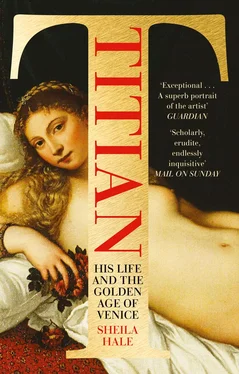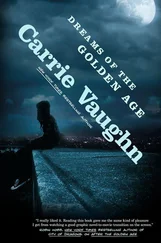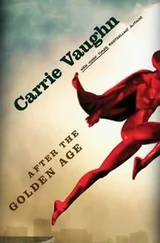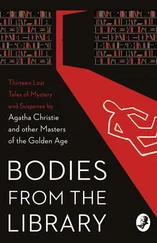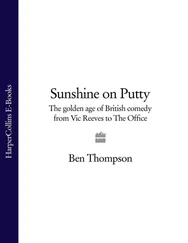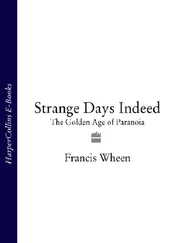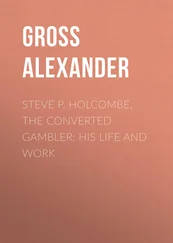But the economy recovered. The seriously rich indulged themselves in ways that rivalled the behaviour of our most outrageously ostentatious twenty-first-century hedge-fund managers. At a wedding in 1507, a total of 4,000 ducats, which was only part of the bride’s dowry, the bulk of which was in property, decorated the banqueting table in six basins, one containing gold coins, the rest silver.30 By the 1560s more pepper and cotton was being re-exported from Venice than in the early fifteenth century.31 And in 1605, a little more than a century after the wide-eyed Milanese priest had marvelled at the goods on offer in the greatest of all emporia, the political commentator Giovanni Botero wrote a nearly identical account in which he described Venice as ‘a summary of the universe, because there is nothing originating in any far-off country but it is found in abundance in this city’.
Titian arrived in a Venice that was enjoying what has been called its first Renaissance.32 There was an awakening appetite for learning and art. A small elite of connoisseurs began to collect cabinet paintings from avant-garde artists – almost all of Giorgione’s paintings and Titian’s earliest portraits were private commissions. Oak piles were being driven into the bed of the lagoon to make the foundations for new buildings that would gradually obliterate inner-city fields, orchards, vineyards and gardens recorded by de’ Barbari’s map. Sanudo described the building materials piled up in campi and on quays: bricks, terracotta and mortar from Padua, Treviso and Ferrara; sand from the Brenta or the Lido; wood from Cadore and around Treviso; hard white stone for foundations and façades from the Istrian Peninsula; fine marbles from Verona, Greece, Egypt and India.
The population was rejuvenated thanks to milder than usual plagues in the late fifteenth century, which had spared the babies and young children who were the usual first victims. The old certainties were called into question by new men facing up to new economic, political and religious challenges, new patterns of trade, new ways of thinking about a world that had grown larger after the discovery of the Americas, the rounding of the Horn of Africa, and invasions of Italy by other European powers. The younger generation, which had a different perspective of its place in the world, thumbed its nose more often at the values of the old, seafaring empire-builders, whose philistinism and puritanical ideas about moderation clashed with a growing tendency to enjoy life, display wealth and collect works of art.
Titian would spend his entire professional life, travelling as little as possible except for frequent trips to Cadore and his mainland properties, in this growing, changing Venice. The population of the city increased in his lifetime from around 100,000 at the beginning of the century to around 175,000, with some two million inhabitants of the terraferma. With inflation rampant all over Europe official dowry limits set by the Venetian government had to be raised from 3,000 ducats in 1505 to 5,000 in 1551, and by 1560 sometimes reached 25,000. In those years Titian invented a way of painting pervaded by a sense of excitement and daring that reflects the dynamism of the Venice in which he lived and worked. His genius transcends time and place, but he could not have painted as he did in another time or place. That is the paradox that confronts all biographers of great artists. We are at least fortunate that the Venice he knew by heart has survived so well that we can still follow his footsteps along the calli, across the campi and canals, past the same churches, grand palaces and little houses. We can imagine him striding along sumptuously attired, wearing his signature cap and gold chain, his mind full of stories, figures and images, and marvel with him at the shifting Venetian light that he distilled and trapped between the layers of his paint.
THREE
The Painter’s Venice
One should know how to simulate the glint of armour, the gloom of night and the brightness of day, lightning flashes, fires, lights, water, earth, rocks, grass, trees, leaves, flowers and fruits, buildings and huts, animals and so on, so comprehensively that all of them possess life, and never surfeit the admirer’s eyes.
LODOVICO DOLCE, L’ARETINO, 1557
However much talent he may have demonstrated as a child in Cadore, Titian had much to learn before he would be experienced enough to collaborate with a master or turn out paintings in the style of that master’s studio. And so, Dolce tells us, an uncle took Titian along to the workshop of Sebastiano Zuccato, and asked him ‘to impart to Titian the basic principles of art’. Sebastiano was a minor painter from Treviso,1 where the Vecellio men stopped on their journeys between Venice and Cadore and may have got to know the Zuccato family. Sebastiano’s two sons, Valerio and Francesco, later became the leading mosaicists of Venice.2 Although they were a generation younger than Titian, who didn’t stay in their father’s studio for long, they became lifelong friends. Valerio, who was a talented actor in staged comedies, married Polonia, the pre-eminent Venetian actress in the 1530s. He also designed women’s hats and clothes, which he sold in a boutique off the Merceria.
Like most Venetian artists Sebastiano Zuccato probably lived and worked in the same premises in the vicinity of the Rialto, in a campo or on a quay where pictures could be set out to dry, and with easy access to a canal to facilitate taking delivery of supplies and dispatching paintings.3 Some artists’ workshops used slave labour for unskilled jobs, but most employed boys who worked in return for instruction and a small wage. Sebastiano Zuccato would have taught Titian the basics: how to prepare a panel and stretch canvas; how to size the support with a thin layer of gypsum mixed with warmed rabbit glue; how to grind pigments, clean the grinding stones, wash brushes with lamp oil. Although Sebastiano was probably too limited an artist to teach the new techniques of painting with oils, Francesco and Valerio affected Titian’s artistic development by inspiring an interest in the art of mosaic. He would design some of the cartoons – which would have been on paper, to scale and in colour – for their mosaics in the basilica of San Marco. And his understanding of mosaics, which had to be seen in dim, flickering light, was to be useful when he came to compose paintings for difficult locations. Later in his career it may have affected the impressionistic technique – which Vasari described as ‘executed … in patches of colour, with the result that they cannot be viewed from near by, but appear perfect from a distance’.
But, in his first months with Sebastiano Zuccato, just running to the shops to buy supplies was an education in itself for a fledgling painter. Venice offered the most various and least expensive selection of high-quality artists’ materials in the world. Linen canvas was available in a variety of weights and weaves – fine, heavy, twilled or herringbone – from specialist shops that also supplied the sail-makers in the arsenal. Canvas, which was beginning to be used as a support for large-scale works, particularly in Venice where fresco deteriorated rapidly in the damp climate, encouraged painters to experiment with the rough texture it could contribute to their works. Gradually it would be used in preference to panel because if primed with a flexible gypsum it allowed paintings to be rolled for transport. The mineral, vegetable and insect ingredients of pigments and dyestuffs, which were essential for the manufacture of glass, ceramics and textiles as well as for painters, were imported into the city in industrial quantities from the Levant, from northern Europe and later in the century from the new world. Venetians experimented with more intense colours, like the brilliant orange produced when realgar was mixed with orpiment, new paint mixtures such as red lakes with copper-green glazes and orange mixed with blue paint. Visiting artists took advantage of the pre-export prices to stock up with colours, which were sold, not by apothecaries as elsewhere in Italy, but by specialist colour sellers, the vendecolori,4 whose shops were also meeting places where artisans and artists exchanged information and ideas about the uses of new and familiar materials. The vendecolori also stocked linseed and walnut oil, glue, brushes, cloth for cleaning rags, and the gums and resins used as varnishes or to refine or manufacture pigments, as well as unusual substances, such as the pulverized glass or sand some painters used to add vibrant reflections, to speed up drying time and to enhance transparency.
Читать дальше
